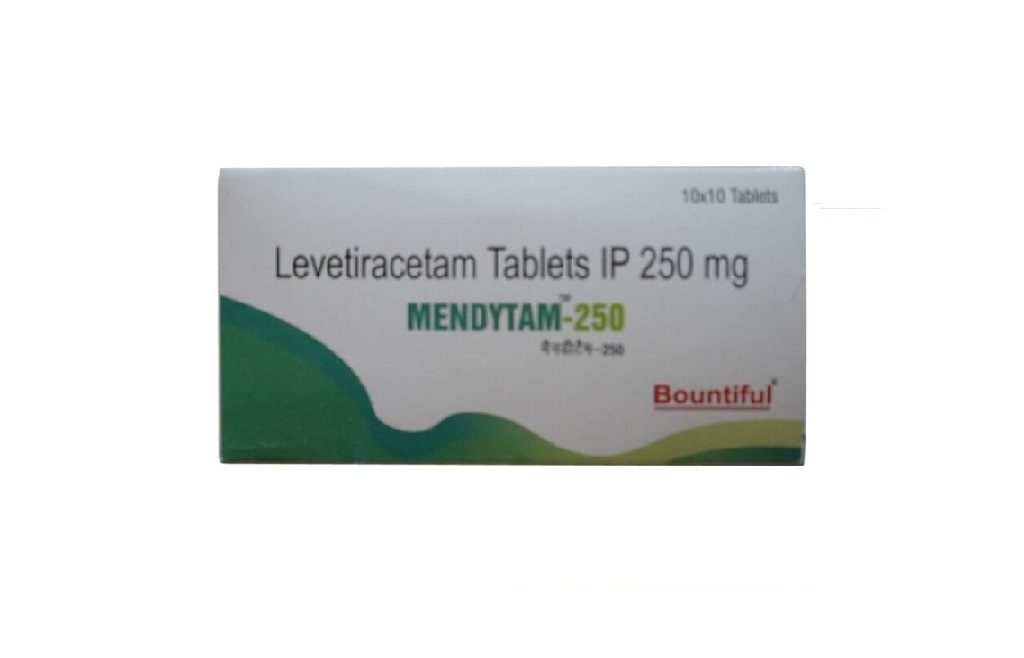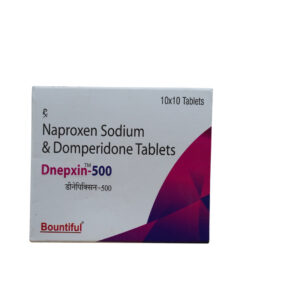Description
Mendytam is a drug within the pyrrolidine class that is used to treat various types of seizures originates from epileptic disorders. It was first approved for use in the United States in 1999 and is structurally and mechanistically unrelated to other anti-epileptic drugs (AEDs). It possesses a wide therapeutic index and little-to-no potential to produce, or be subject to, pharmacokinetic interactions. These characteristics make it a desirable choice over other AEDs.
Mendytam is a relatively unique anticonvulsant that is typically used alone or in combination with other antiepileptic medications.
Mendytam has been linked to rare instances of serum aminotransferase and alkaline phosphatase elevations during treatment and to rare cases of clinically apparent drug induced liver disease.
MODE OF ACTION:
Mendytam has a novel mode of action, it binds to synaptic vesicle glycoprotein 2A (SV2A). SV2A is a membrane-bound protein that is found on synaptic vesicles and is present everywhere throughout the CNS. It appears to play a role in vesicle exocytosis and in the modulation of synaptic transmission by increasing the available amount of secretory vesicles available for neurotransmission. Stimulation of pre-synaptic SV2A by levetiracetam may inhibit neurotransmitter release, but this action does not appear to affect normal neurotransmission. Levetiracetam has also been shown to indirectly affect GABAergic neurotransmission (despite having no direct effect on GABAergic or glutamatergic receptors) and modulate ionic currents. Similarly, levetiracetam has been shown in vitro to inhibit N-type calcium channels.






Reviews
There are no reviews yet.